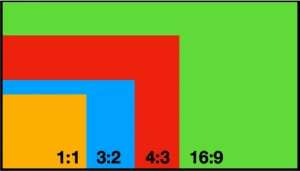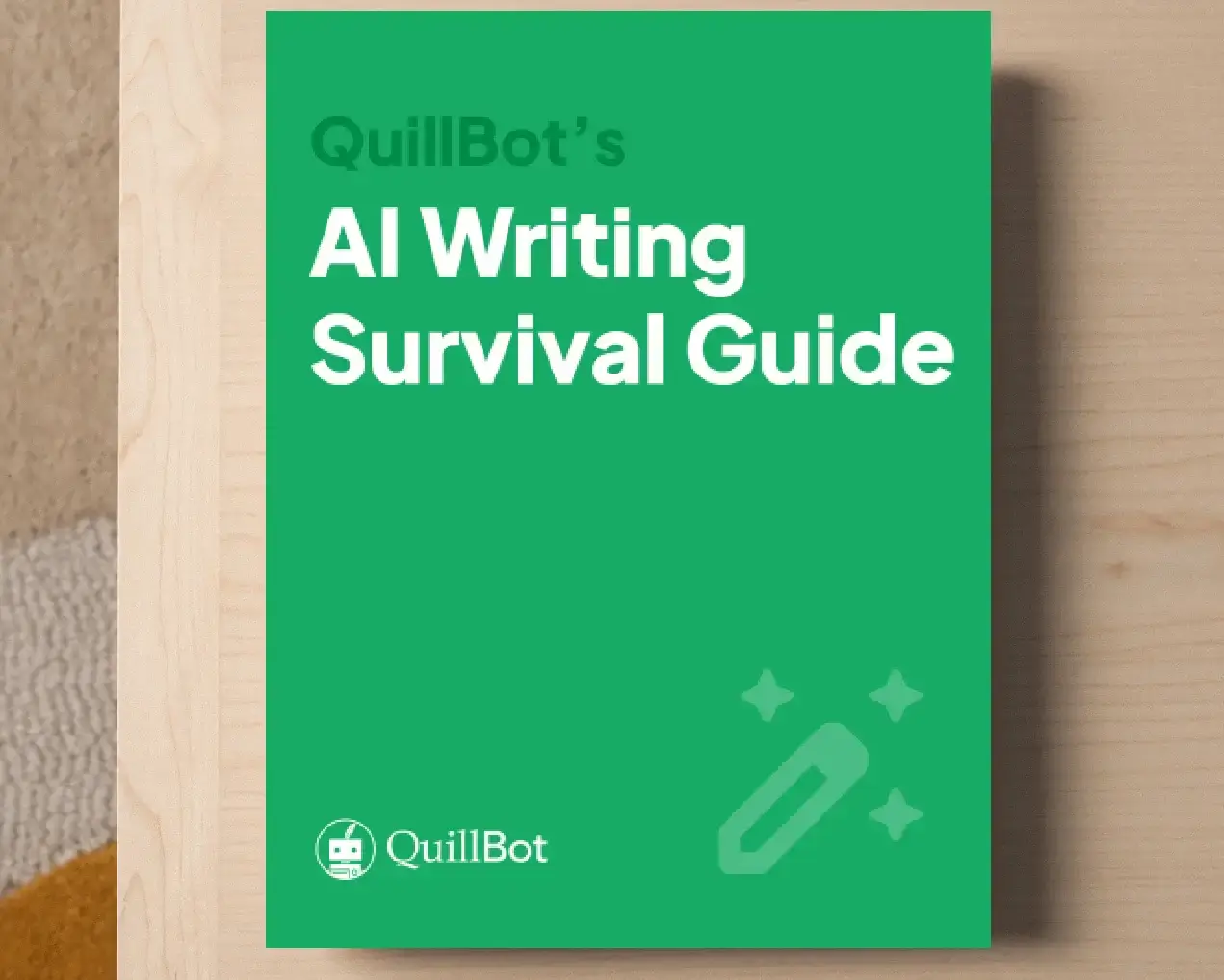What Is Aspect Ratio? | Definition & Use
Aspect ratio is the ratio between the width and height of an image or display expressed as two numbers separated by a colon (e.g., “4:3” for an image where the width is four units and the height is three).
What is aspect ratio?
Any rectangular (including square) image has an aspect ratio. This is the relationship between its width and height. The ratio isn’t measured in units (so it isn’t “4 inches by 3 inches”) but merely states the relative lengths of the two aspects. The numbers used are the smallest possible whole numbers, so 3:2 rather than 6:4, and 16:9 rather than 8:4.5.
Why is aspect ratio important?
Every online publication will have requirements for any images it uses. Knowing which ratio is required for social media posts will help you select the best available ones to upload. There’s no point carefully framing your 16:9 shot if the app crops it to 1:1.
What are the most common aspect ratios?
The most common aspect ratios you will encounter are:
- 1:1 Square images common in social media apps like Instagram
- 3:2 Made popular by 35mm film, most modern DSLRs also use this ratio (the popular 6-inch by 4-inch print is an example of the 3:2 ratio)
- 4:3 Old-school television ratio and the default on many smartphone cameras
- 16:9 Modern widescreen televisions
- 19:6 “Portrait” orientation for Instagram stories and similar
You can see how they compare in the graphic below (without the 9:16).
Popular aspect ratios compared
Frequently asked questions about aspect ratio
- Is aspect ratio the same as pixels?
-
No, there is a difference between pixels and aspect ratio. A website or app might ask you for a certain pixel size (e.g., 400 x 400), which would be a 1:1 aspect ratio. But 800 x 800 pixels is also 1:1.
Whenever you upload something to social media or send it for printing or publishing on the web, it is important to pay attention to aspect ratio requirements and pixel size.
Using the right aspect ratio will make sure your image fits the shape of the available space, and using the right pixel size will make sure your image has enough detail but isn’t so large that it slows down the loading time for the page (very bad for search engine rankings).
Cite this Quillbot article
We encourage the use of reliable sources in all types of writing. You can copy and paste the citation or click the "Cite this article" button to automatically add it to our free Citation Generator.
Marshall, T. (2025, October 24). What Is Aspect Ratio? | Definition & Use. Quillbot. Retrieved December 11, 2025, from https://quillbot.com/blog/image-tools/what-is-aspect-ratio/


